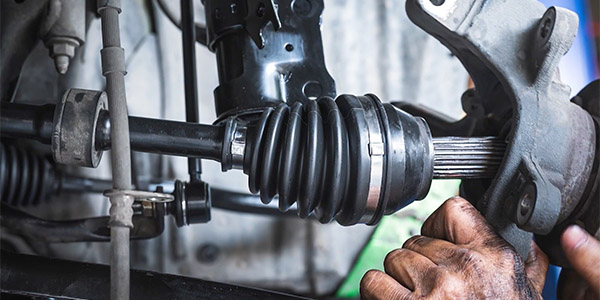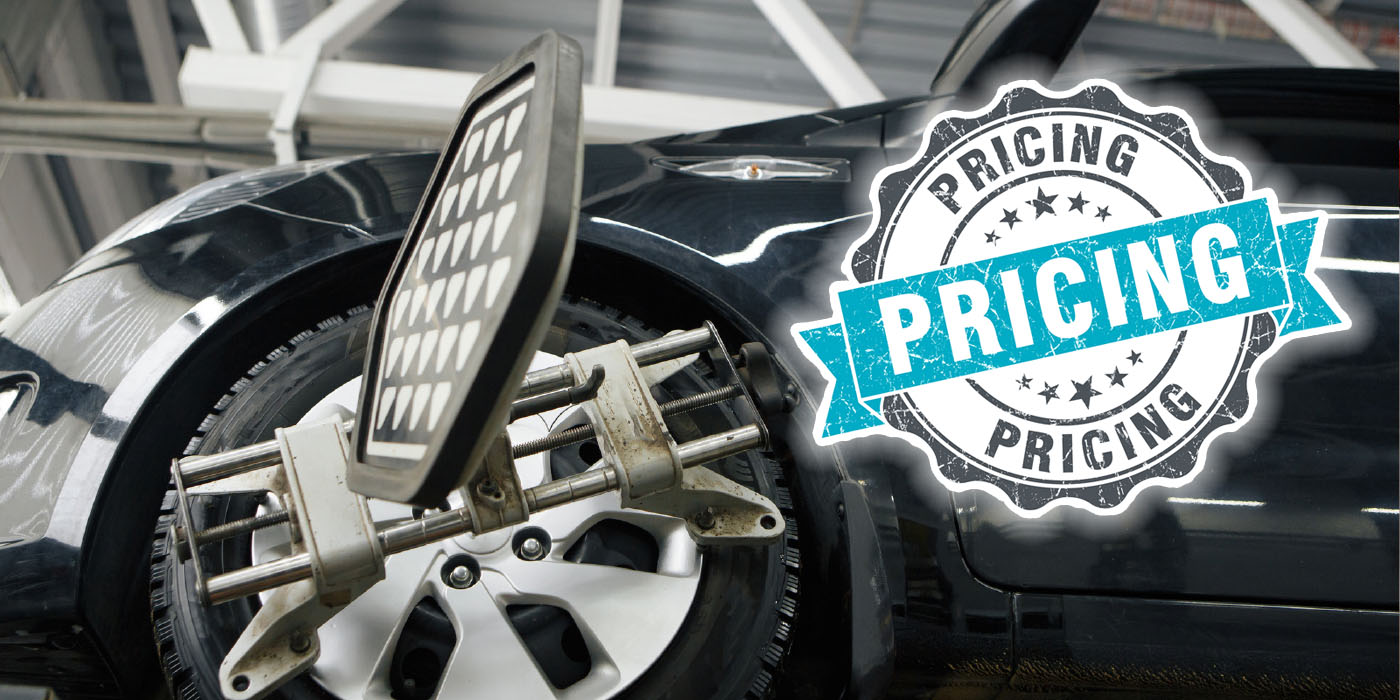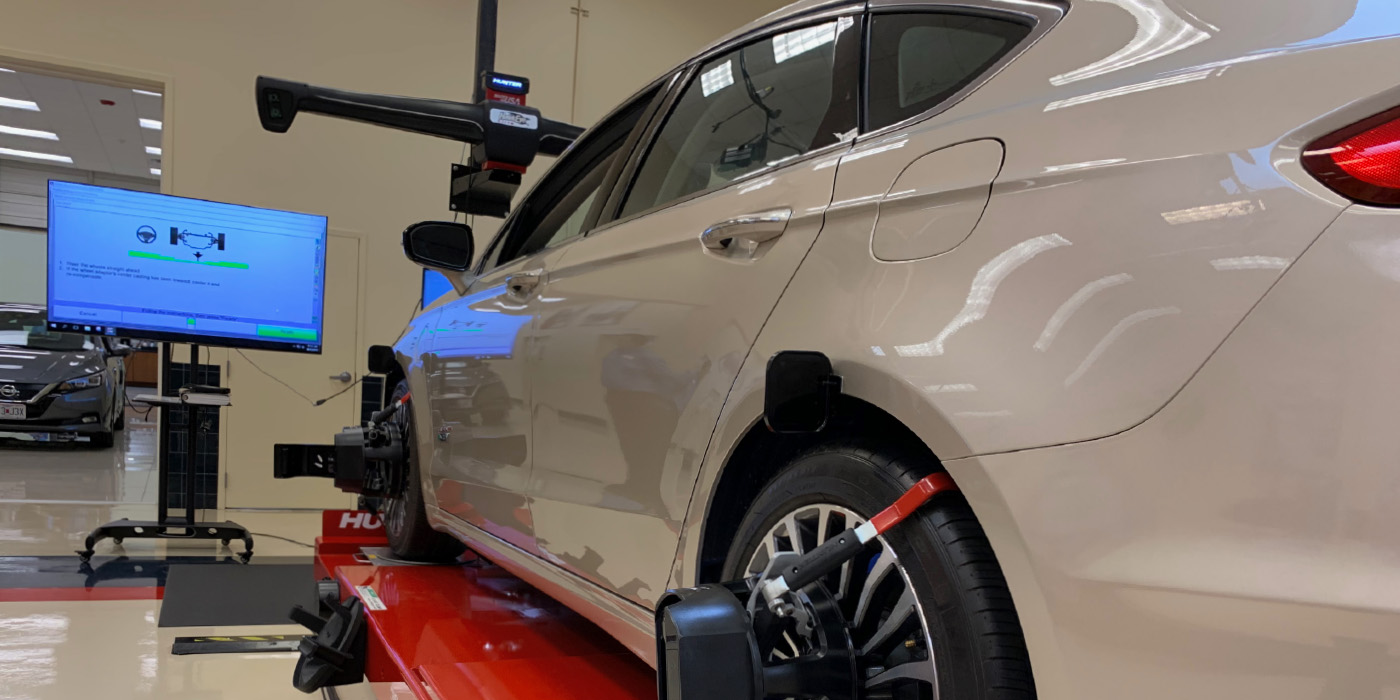Test drives can be one of the best ways a shop can sell more suspension service – in fact, they may often be the only way.
Shocks and struts on late model vehicles are often shielded by a lot of plastic to protect the rods and seals. This actually makes looking for a leak more difficult and even if there are no leaks, a lot of the wear on a modern shock and strut happens internally. The oil and valving inside a strut can wear out or the gas chamber can leak and mix with the fluid. You normally have to feel the failure.
A proper test drive lets you use your most powerful ride control tool: perspective. A technician or service writer behind the wheel brings fresh senses to the vehicle that haven’t been dulled by thousands of miles.
Before the test drive, have a clear list of symptoms and related conditions the customer might be experiencing. On the test drive, you should have a clear and methodical plan that inspects for ride control component replacement and other unperformed repairs.
A good test driver will be able to observe conditions or problems with the vehicle that have developed so slowly the owner is unaware of them — like degraded shocks and struts. One of the keys to becoming a good test driver is to find a driving “loop” or route that has a variety of road conditions. A predetermined loop adds a consistency that helps you spot small problems.
For suspension road tests, your test loop should consist of sections: a flat and straight section; an area to test braking and acceleration; an area with a dip or bump; and an area that offers both left and right turns.
Use a parking lot or rarely used section of road for the braking and acceleration section of the test. This test is used to detect brake pulls, torque steer and worn or loose suspension or steering components. Check for excessive nose-diving during braking. This is not normal and may be caused by worn springs or other ride control components.
Excessive suspension bouncing may be the result of weak shocks; bottoming out of the suspension may be the result of weak springs. Check for steering difficulties that may be the result of mechanical binding or interference.
Any excessive body sway could indicate worn springs, shocks or stabilizer assemblies. Listen for any excessive tire squealing during turns. This can be caused by incorrect alignment settings or a turning angle out of specifications.
Your customer is unlikely to tell you what to expect with their vehicle’s ride, either he doesn’t know what’s wrong with the car or he fears being fleeced by mentioning something that may not need to be replaced. By not performing a proper test drive, you could be missing the most important part of the customer’s complaint. For more information about ride control, visit FCSAutoparts.com.
This video is presented by The Group Training Academy.













